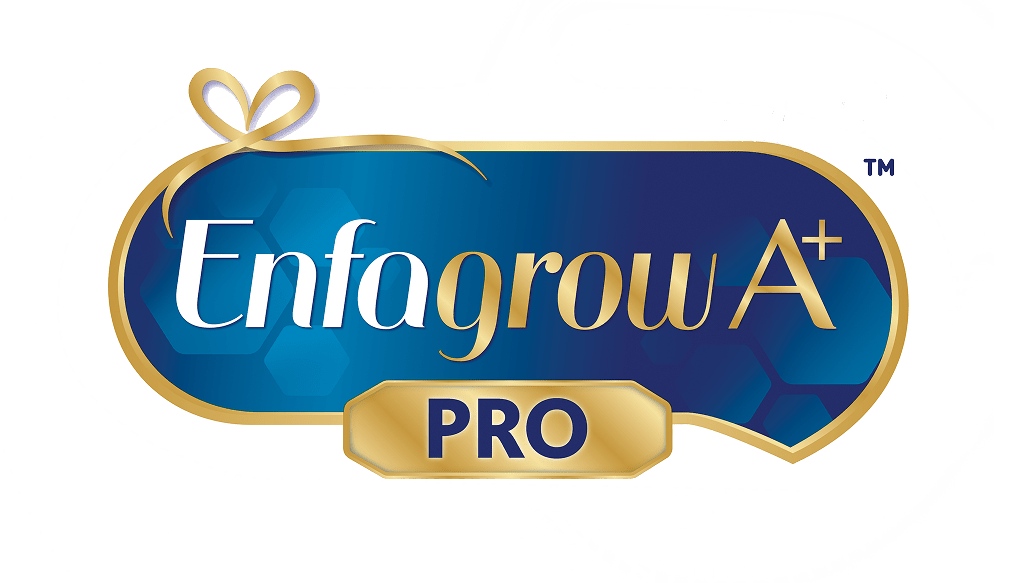
DHA is a vital omega-3 fatty acid in the brain and a primary structural component of brain tissue. As one of the building blocks of the brain, DHA helps develop the brain and enhances its different functions.

How long has DHA been studied? Is it safe to consume?
DHA’s contribution to human brain development may date back to prehistoric times. Research has indicated that DHA may have helped the prehistoric human brain evolve into the larger and more complex brain we have today1.
To date, DHA is an FDA-approved ingredient. It’s a staple in many dietary supplements, providing health benefits to people of all ages.
Formulas that have DHA have been clinically studied for over 20 years. These studies have found that DHA plays a key role in brain and eye development, most crucially during the early life stages.
DHA for ages 1-2 years old
Optimum DHA intake at this age can enhance the early stages of language learning, thinking, and basic reasoning.
For babies between 1-2 years of age, FAO/WHO recommends a daily dietary intake of 10-12mg of DHA per kg of body weight4.
Cultivate the ideal environment for your child’s development at this stage by reading picture books with them on a daily basis. This should stimulate the process of learning words, shapes, and colors.
DHA for ages 2-4 years old
Since rapid brain growth continues until the age of 3, DHA is also included in toddlers’ drinks designed to provide key nutrients to enhance brain development.
For children 2-4 years old, FAO/WHO recommends a daily dietary intake of 100-150mg of DHA3.
Young children at this age who meet the recommended dietary intake of DHA show stronger immune response and better overall health on top of accelerated cognitive functions, including enhanced memory and literacy rates.
This stage is also a vital time in which your child starts to learn more about the world. Foster their socialization skills by taking part in play dates with kids their age and engaging them in playtime activities that are both fun and educational.
Is your child getting sufficient DHA?
While this important nutrient can be obtained from natural food sources (ie., Atlantic mackerel and salmon; flaxseed and walnuts), these types of food rarely make it to a toddler’s typical day-to-day diet. In addition, the body’s digestive processes don’t convert and absorb the optimum amount of DHA from these sources.
It’s best to provide DHA in enhanced formulas that optimize conversion and absorption into the body. These formulas should also contain vitamins, minerals, and nutrients that, together with DHA, provide the full spectrum of your child’s needs.
What are the essential components for brain growth and development?
DHA together with other nutrients such as Vitamin B, Iron, Zinc and Iodine help support your child’s overall development in key development areas, such as cognitive, motor, emotional and communication skills5. These key development areas contribute to your child’s overall and continuous learning.
How can I give my child a headstart with DHA?
The early years of life is the golden period to build a strong foundation for learning. This is the period when your child’s brain grows and develops rapidly, along with other areas in their development.
Enfagrow Pro A+ contains a unique blend of nutrients to support your child’s overall mental and physical development. It contains 360° DHA Plus, MFGM, 2’-FL and Prebiotic FOS. It is complemented with Iron and Zinc that help support your child’s natural defences^.
With more than 100 years of experience in pediatric nutrition including DHA and early mental development, Mead Johnson Nutrition has formulated Enfagrow Pro A+ – the World’s No. 1 Children Nutrition Formula Brand*.
Looking to support your child’s brain development? Get a free sample of Enfagrow Pro A+ Stage 3 delivered right to your doorstep.
References:





